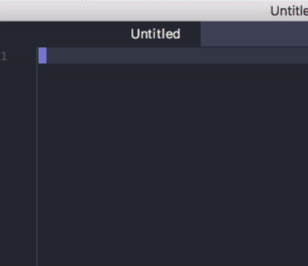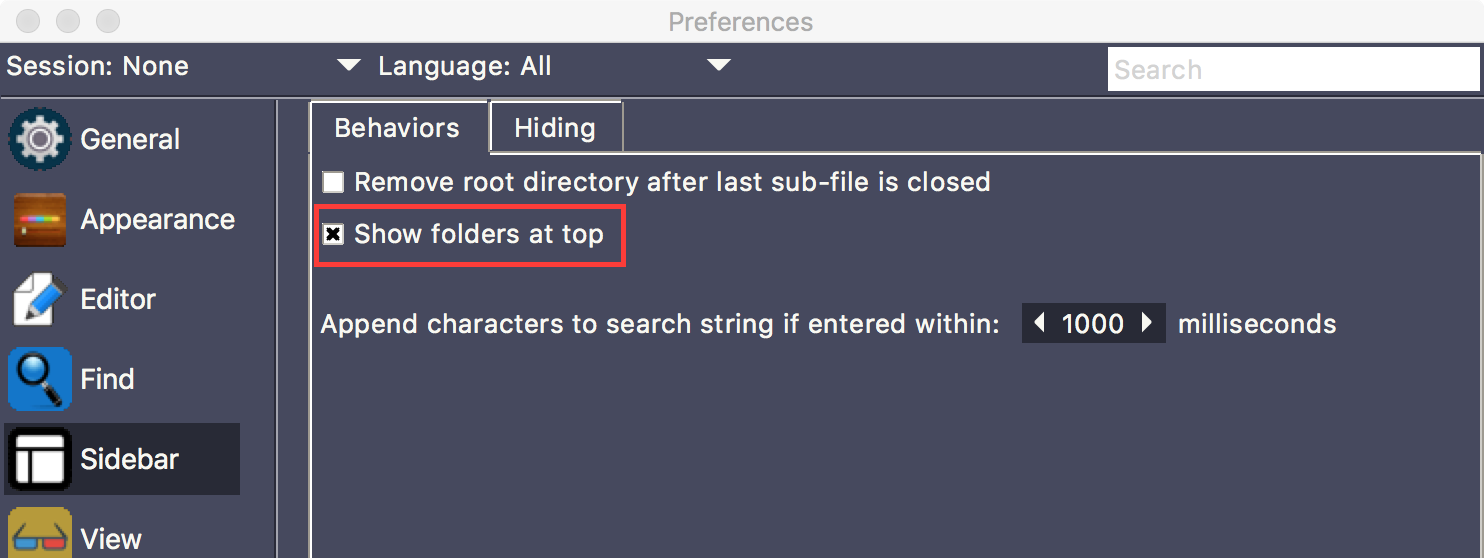Most of the time you want to keep your head down and stay focused on coding up the task at hand. However, every once in a while it’s nice to see where you have been and get a 10,000 foot view of your code. To that end, the TKE text editor comes with a built-in “Bird’s Eye View” panel that you can hide or show via the View / Bird’s Eye View menu option. This displays a high-level representation of the current editing buffer by displaying your file’s code (syntax highlighting included) on the right-hand side of the editing buffer.

In addition to displaying a bird’s eye representation of the file, this pane can also be used for navigating to different points within the file. The following are few tips on using the Bird’s Eye View panel for navigating.
- Use the mouse scrollbar, while the cursor is within the panel, to scroll the view panel up and down. This won’t change the editing buffer view.
- Holding down the Control key while left/right-clicking in the panel will cause the bird’s eye view to scroll up/down by a screen at a time.
- When the cursor is within panel, a translucent background will be displayed to show you what the editing buffer is currently displaying.
- Left-click in the panel to jump the editing buffer view to that location within the file.
- Left-click and drag in the panel to cause the editing buffer view to change.
As you scroll the editing buffer, the bird’s eye view will automatically adjust itself to make sure that the current editing buffer content is displayed in the bird’s eye view panel.
You can control the font size and width of the Bird’s Eye View panel within Preferences by selecting the View pane. From here you can control whether the panel is always displayed when a file is opened by selecting the Show Bird’s Eye View checkbox. At the bottom of the View panel, you can change the font size of the text used in the panel with the Bird’s Eye View Font Size value selector, and you can change the pixel width of the panel using the Bird’s Eye View Width value selector.

Important note: It is recommended that you not enable this feature by default within preferences as it can have a negative impact on the application’s performance. By using the menu option to enable the view, you only display the panel for the current editing buffer, which should keep things moving along nicely while you are using it.
To see more information and download your copy of the TKE code editor, visit http://tke.sourceforge.net.










